Cocker Spaniel
The cocker spaniel has long been bred for hunting and may have been named after a primary
prey, the woodcock. Hunters valued the dog for its intelligence and trainability. These
qualities serve domestic pet owners as well, contributing to the breed's popularity as a
pet.
|
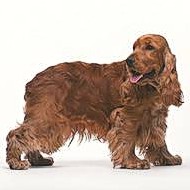 |
|
|
Golden Retriever
Golden retrievers achieved popularity in England and Scotland during the early 1800s.
Their keen sense of smell and water-repellant coat served in the retrieval of felled prey,
particularly water fowl. Modern breeds have been trained to serve contemporary needs,
including assistance for the blind and detection of narcotics.
|
 |
|
|
Labrador Retriever
The Labrador retriever was bred in Newfoundland, Canada, to find and fetch felled birds,
typically water fowl. It is one of the most popular companion and helper dogs.
|
 |
|
|
Irish Setter
The Irish setter has a long history of success as a hunting dog, particularly in the
hunting of game birds. Though the breed can be difficult to train initially, the dog is
obedient and loyal once trained. The Irish setter's high spirits and affectionate
temperament also account for its popularity as a pet.
|
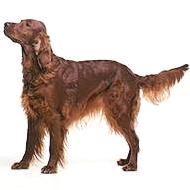 |
|
|
English Setter
The English setter is a breed of hunting dog characterized by silky hair
on the legs and tail, a long head, and a straight tail.
|
 |
|
|
Vizsla
The Vizsla, sometimes called the Hungarian Pointer, was bred to hunt in the open plains of
Hungary. It excels in finding and retrieving game without disturbing other game birds.
|
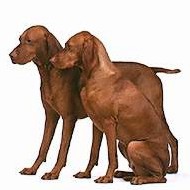 |
|
|
Chesapeake Bay Retriever
The Chesapeake Bay retriever is a breed of sporting dog skilled in hunting and retrieving
quarry. The dog was bred in the Chesapeake Bay area of Maryland in the early 1800s.
|
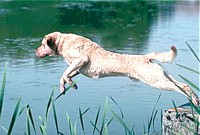 |
|
|
Weimaraner
The Weimaraner is a breed of hunting dog which was originally bred in Weimar, Germany. The
breed is one of the fastest domestic dogs and is characterized by a short coat,
light-colored eyes, powerful legs, and cropped tail.
|
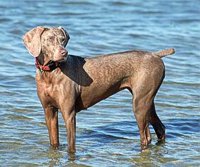 |
|
|
English Springer Spaniel
The English springer spaniel is a breed of hunting dog characterized by white-and-black or
white-and-tan markings, a broad chest, and strong legs. Its name is based on the dog's
ability to flush or "spring" game from the brush.
|
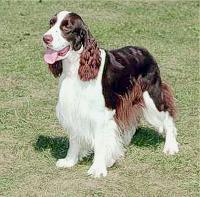 |
|
![]()
![]()








